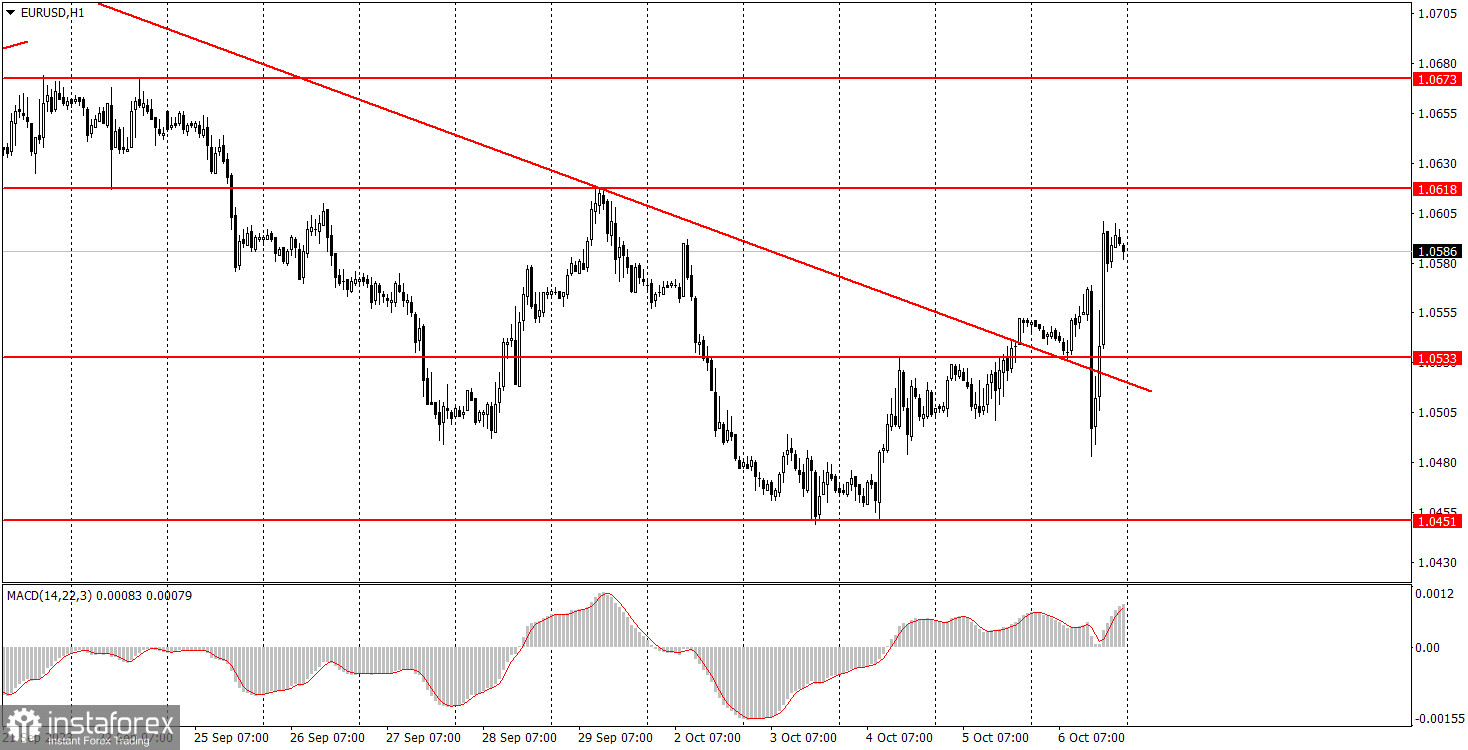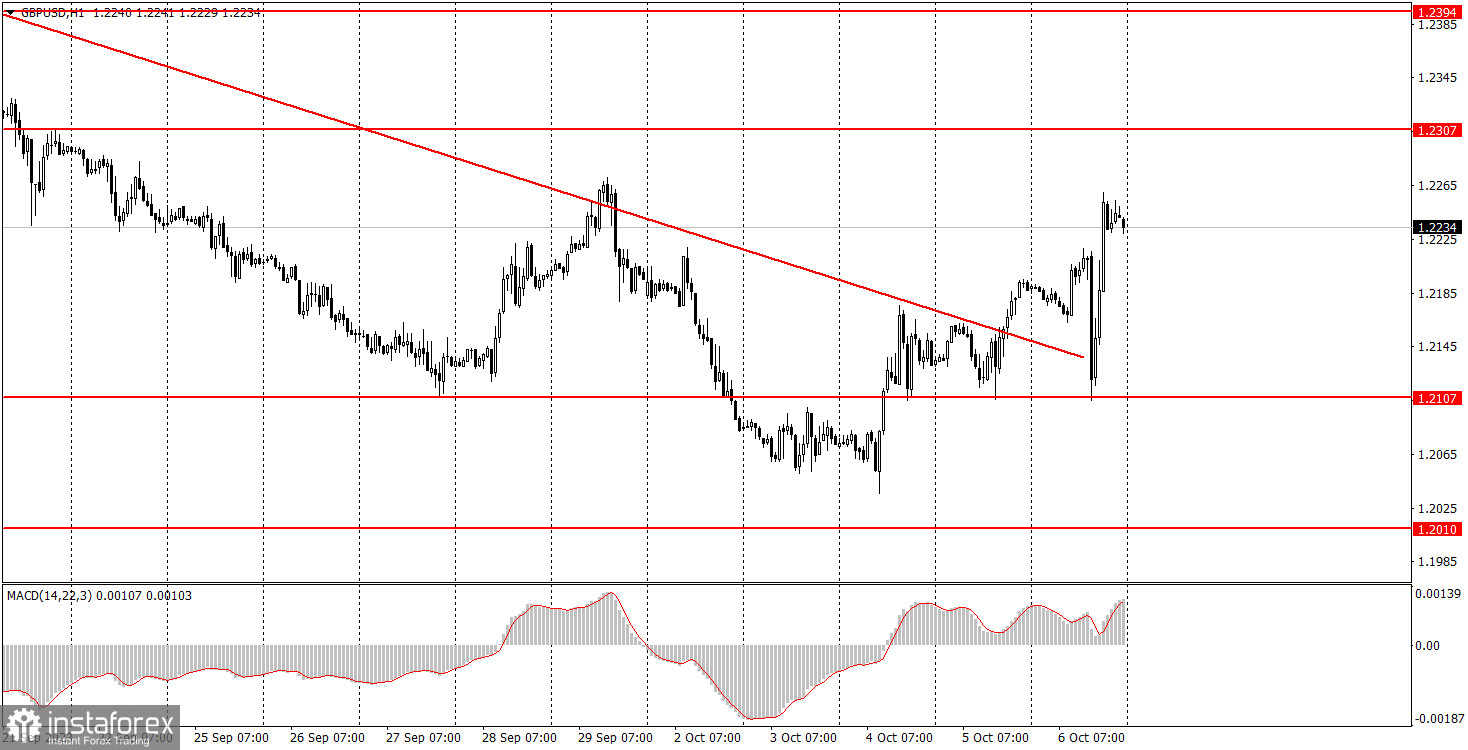Analysis of macroeconomic reports:

There are no economic events scheduled for Monday. We will only highlight Germany's report on industrial production, which is considered a relatively minor data. Therefore, Monday is likely to be a rather uneventful day. We believe that it was illogical for both pairs to rise on Friday, so today we expect a downward retracement. Once this retracement ends, the pairs may continue to correct higher against the two-month decline, followed by a resumption of the main downtrend.
Analysis of fundamental events:
Among the fundamental events, we can highlight the speeches of representatives of the Federal Reserve's monetary committee, Barr, Jefferson, and Logan. However, as we have previously mentioned, these days the speeches of central bank officials have limited significance since the central banks' plans are already well-known. Officials simply cannot surprise the market in a way that would provoke a market reaction. Nevertheless, comments on monetary policy or inflation still have an influence on the fundamental backdrop. It is favorable for the dollar but not for the pound and the euro.
General conclusion:
On Monday, there won't be anything interesting happening in the US, Germany, the EU, or the UK. Therefore, we do not expect strong movements. Instead, we expect both currency pairs to edge down, followed by a potential minor upward movement. During the week, this upward movement could gain momentum as we expect a stronger bullish correction.
Basic rules of a trading system:
1) Signal strength is determined by the time taken for its formation (either a bounce or level breach). A shorter formation time indicates a stronger signal.
2) If two or more trades around a certain level are initiated based on false signals, subsequent signals from that level should be disregarded.
3) In a flat market, any currency pair can produce multiple false signals or none at all. In any case, the flat trend is not the best condition for trading.
4) Trading activities are confined between the onset of the European session and mid-way through the U.S. session, post which all open trades should be manually closed.
5) On the 30-minute timeframe, trades based on MACD signals are only advisable amidst substantial volatility and an established trend, confirmed either by a trend line or trend channel.
6) If two levels lie closely together (ranging from 5 to 15 pips apart), they should be considered as a support or resistance zone.
How to read charts:
Support and Resistance price levels can serve as targets when buying or selling. You can place Take Profit levels near them.
Red lines represent channels or trend lines, depicting the current market trend and indicating the preferable trading direction.
The MACD(14,22,3) indicator, encompassing both the histogram and signal line, acts as an auxiliary tool and can also be used as a signal source.
Significant speeches and reports (always noted in the news calendar) can profoundly influence the price dynamics. Hence, trading during their release calls for heightened caution. It may be reasonable to exit the market to prevent abrupt price reversals against the prevailing trend.
Beginning traders should always remember that not every trade will yield profit. Establishing a clear strategy coupled with sound money management is the cornerstone of sustained trading success.






















